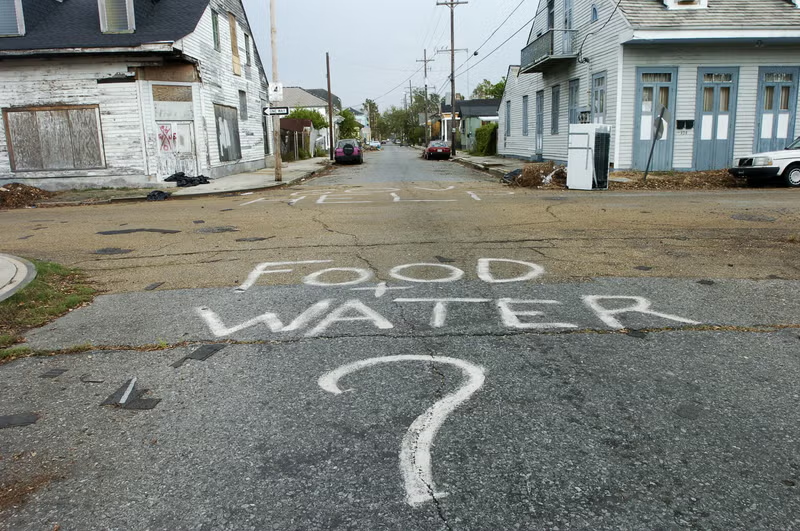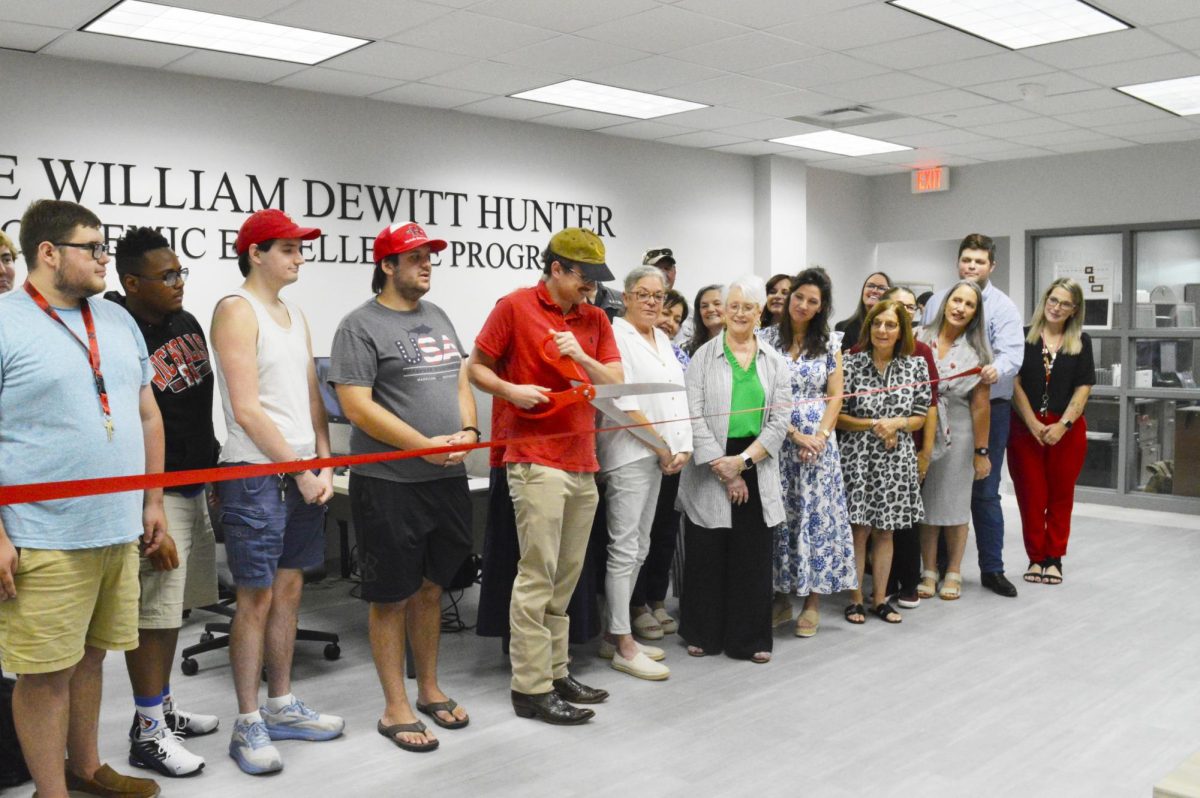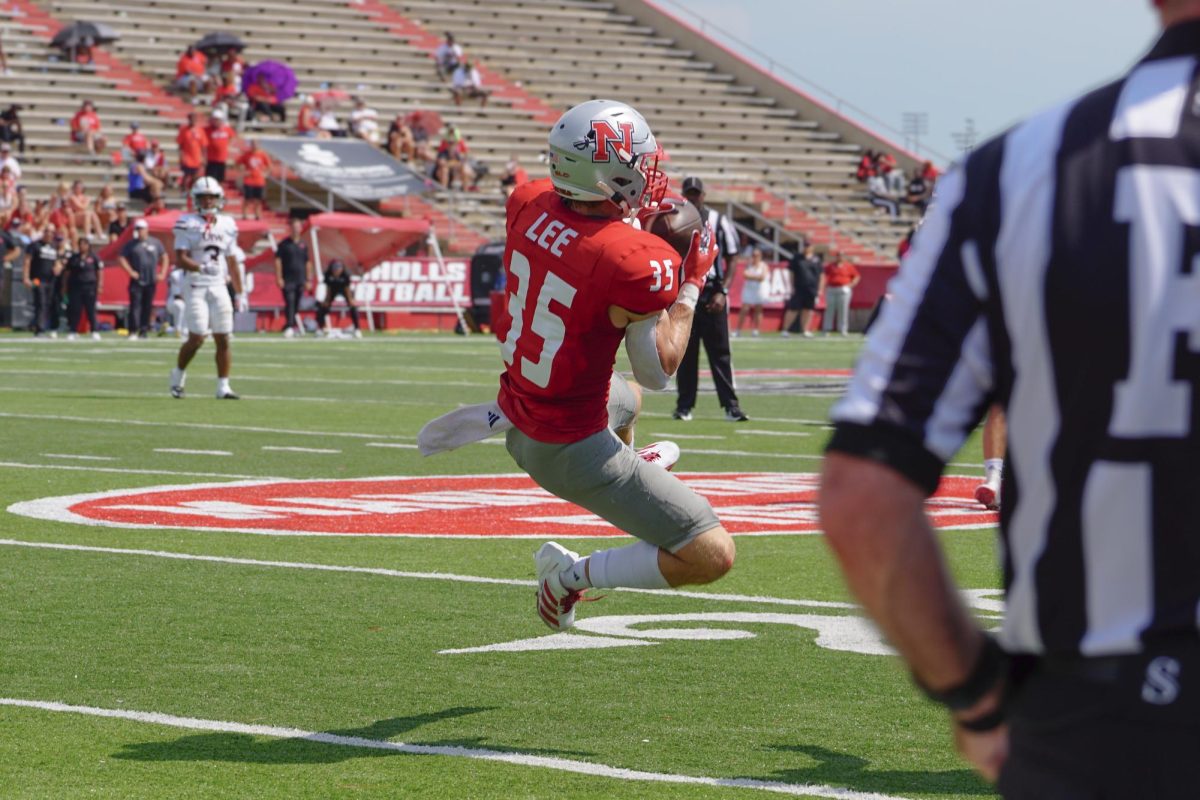The first phase of the campus street re-surfacing project is expected to be complete by July 20 if weather cooperates, Michael Davis, assistant vice president for business affairs for procurement and physical plant operations, said.Phase one includes the re-surfacing of Acadia Drive, from the La. 1 to Powell; Ardoyne Drive, from Bowie Road to Audubon Avenue; and Maywood Drive, from the University Police Office south to John L. Guidry Stadium.
“We may do some additional little work that won’t be an inconvenience to any other people but the bids came in very well, so we think we can do a little bit of extra work,” Davis said. “We planned this phase one in the summer to cause as little inconvenience as we can, and we’ll certainly be finished before the students get back in here for the fall.”
Barriere Construction of New Orleans is the contractor for phase one, which is costing approximately $349,000. Davis said there was enough money in the parking decal fund to cover phase one. Parking decal fees are dedicated to funding street and parking lot repairs, construction of new streets and parking lots and operating expenses.
Davis said phase one is only the short term solution to the inadequate conditions of campus roads and parking lots.
“When Dr. Hulbert came in here and saw the conditions of the streets, we did student surveys, which showed a great displeasure of the streets and parking lots,” he said. “We were aware of that but money was a concern. The president asked for me to find a short-term solution and a long-term solution.”
Phase two will involve re-surfacing of all the remaining streets and as many of the parking lots as possible. Davis said the University is trying to get out of having shell parking lots; these improvements were part of the reason parking decal fees increased from $25 to $35.
He said with the fee increase the University will raise enough money to either sell bonds or take a loan out at the bank to raise approximately $2 million to complete phase two.
Davis said because the University is evaluating its residence halls he is delaying the start of phase two until more decisions are made.
“There’s a chance we could see anything from the spectrum of complete renovation to demolishing those buildings and building new residence halls,” Davis said. “If all that construction is coming on, it may not be a good idea to re-surface the rest of the streets now, because there would be a lot of heavy trucks coming in. If we build new residence halls, we may have to build them where some parking lots presently exist which means we’ll have to create new parking lots.”
Davis said he is in the process of getting out a Request for Proposal that would allow the University to select a master planner/developer to evaluate the residence halls and make recommendations.
He said within six months to a year the University will have a better idea of what will happen with the residence halls and what the time table will look like for phase two.







